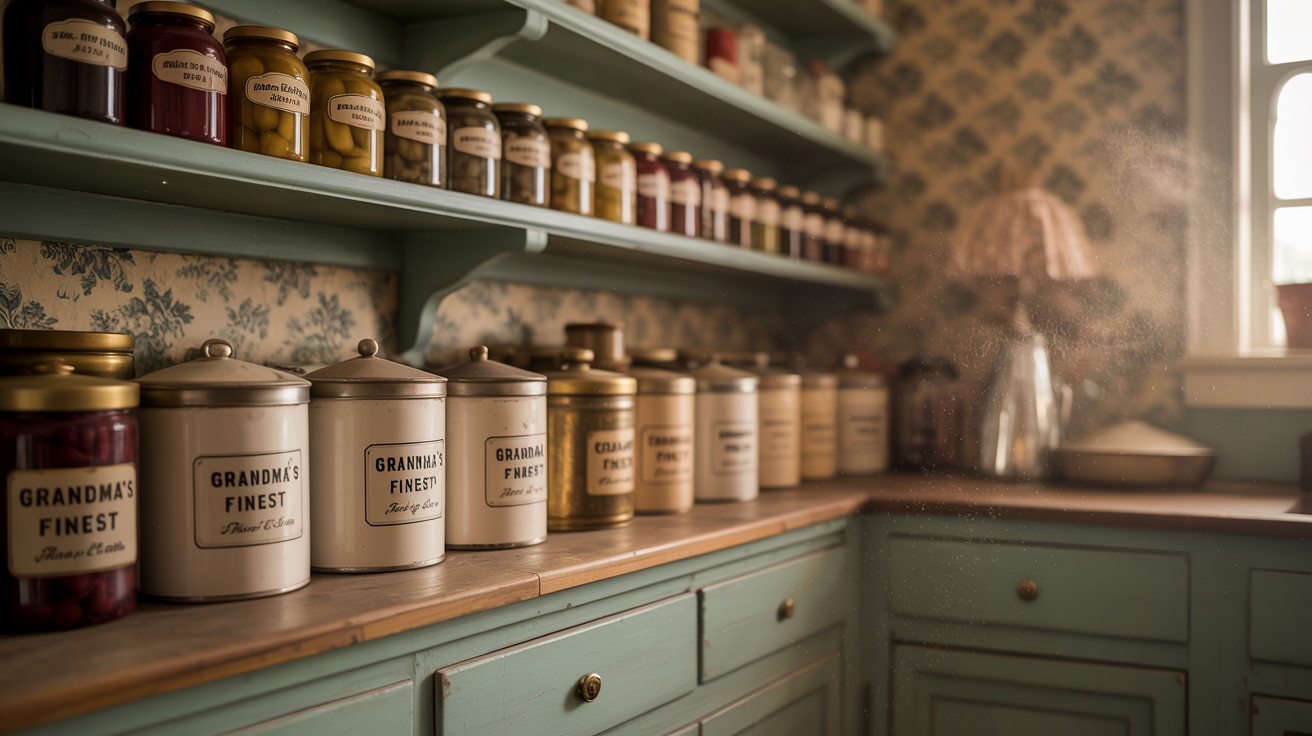Remember opening grandma’s pantry? That mix of mysterious smells and forgotten jars.
Half the ingredients looked like science experiments. But to her, they were everyday essentials.
Your grandmother’s kitchen was a different world. Walk into any pantry from 1950 and you’d find ingredients that might as well be from Mars today.
These aren’t just foods—they’re time capsules. Each jar and tin tells a story about how Americans used to eat, cook, and survive.
What happened to these once-essential ingredients? Progress. Convenience. Refrigeration.
Here are 10 forgotten ingredients that once ruled American kitchens—and the stories behind their disappearance.
1. Lard

The cooking fat that built America. Seriously.
Every household had a grease jar on the stove. Bacon drippings went straight in. Nothing got wasted. Your great-grandmother reached for lard like you reach for olive oil.
Pie crusts made with lard? Unbeatable. Flaky layers that shattered at first bite. Modern vegetable shortening can’t compete. Ask any pastry chef who’s tried both.
The anti-fat movement killed lard in the 1980s. We swapped animal fats for trans fats. Oops. Now lard’s making a comeback in high-end restaurants.
Turns out grandma knew something after all.
2. Salt Pork

This isn’t bacon. It’s not ham either. Salt pork is pure pork belly, cured in salt until it could survive anything.
Pioneers packed barrels of it. Navy ships stockpiled it. Poor families stretched meals with tiny cubes of it. One pound could flavor a month of beans.
Salt pork was poverty food that became cultural tradition. Baked beans need it. Real collard greens demand it. Chowder without salt pork is just sad soup.
Finding it today? Check the bottom shelf near the bacon. Most stores hide one brand. The butcher might help if you ask nicely.
3. Suet
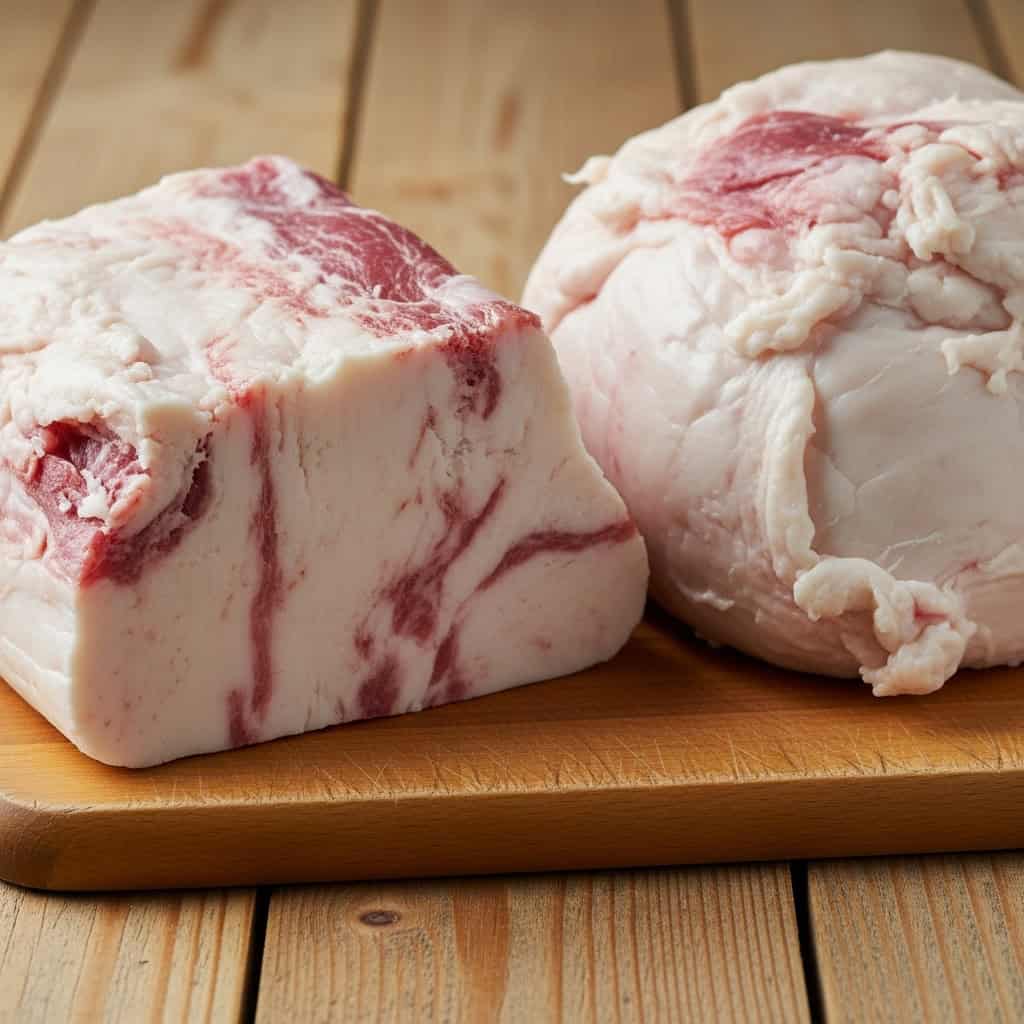
Pure beef fat from around the cow’s kidneys. Not just any fat—this specific fat.
British grandmothers swore by it. Christmas pudding required suet.
No substitutions. Spotted dick, treacle pudding, mincemeat—all needed real suet. The texture was everything.
Birds love it too. Grandpa’s winter bird feeder was just suet mixed with seeds. Chickadees went crazy for it.
Modern grocery stores rarely carry it. Ask the butcher to save some. They usually throw it away. Free ingredient if you speak up.
4. Cream of Tartar
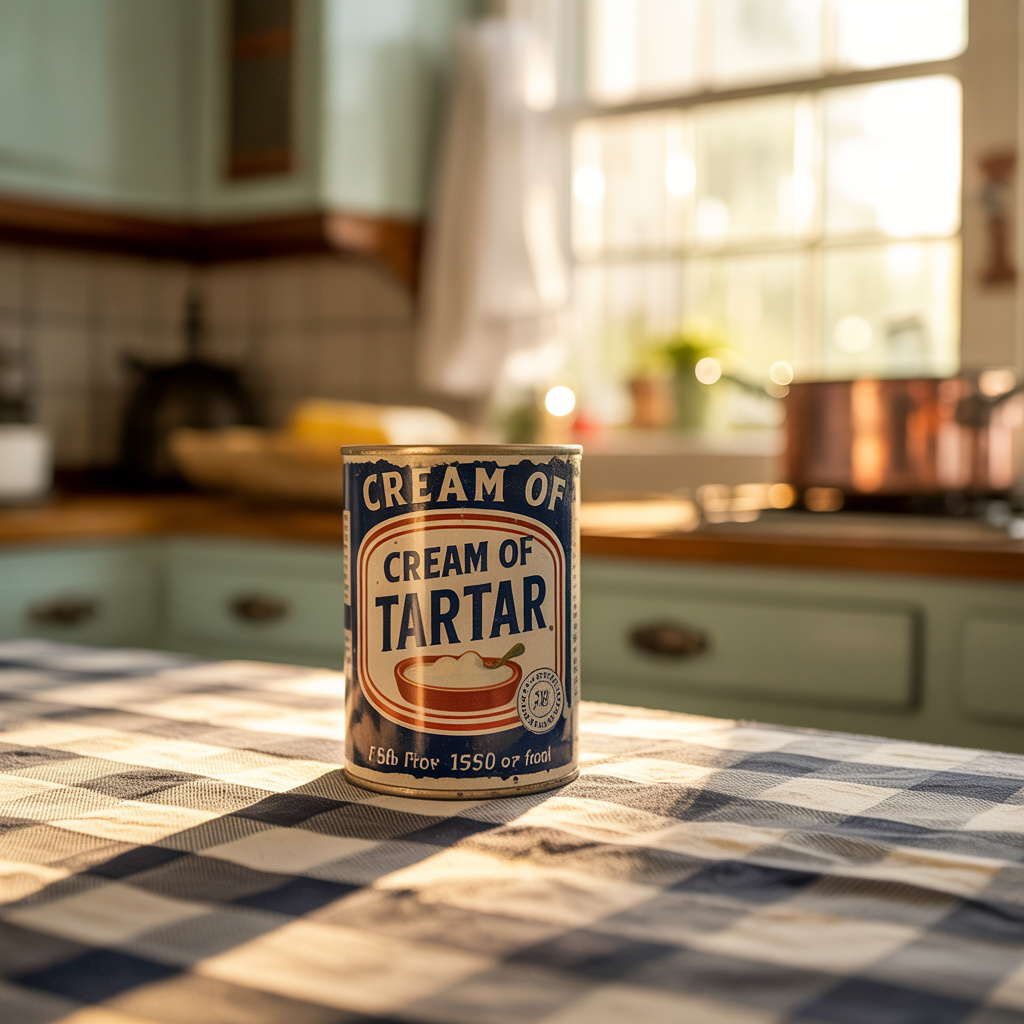
That mysterious white powder lurking in every spice rack. What even is it?
It’s tartaric acid. Scraped from wine barrels. The stuff that makes snickerdoodles tangy and meringues stable. Your grandmother never made angel food cake without it.
Still exists everywhere. But nobody knows why they own it. Most tins expire untouched. The recipe died with the cook.
Fun fact: Mix it with baking soda and you’ve got baking powder. Grandma made her own.
Of course she did.
5. Pickled Everything
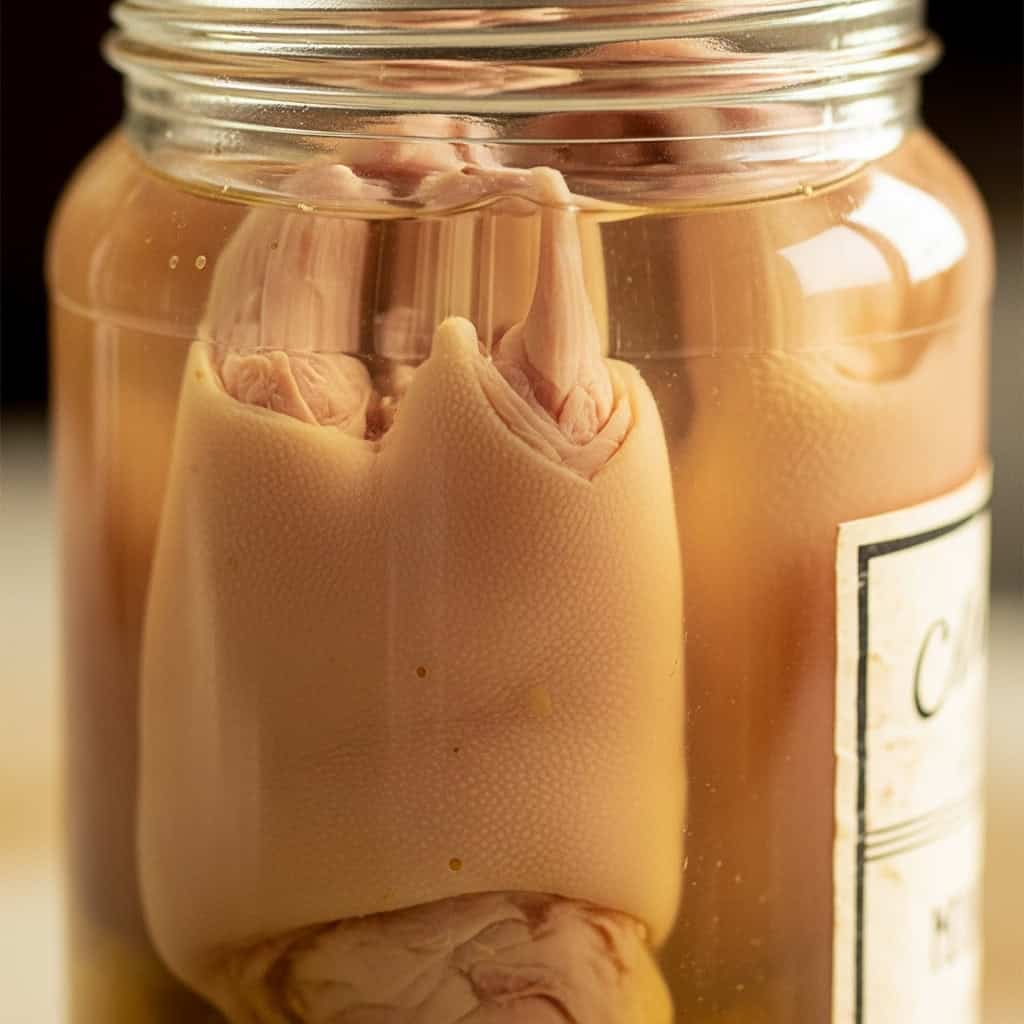
Open a Depression-era pantry. Jars everywhere. Pickled watermelon rinds. Pickled pig’s feet. Pickled green tomatoes.
If it grew, someone pickled it.
This wasn’t hipster fermentation. This was survival.
No refrigeration meant vegetables rotted fast. Pickling stretched the harvest through winter. Every family had their brine recipe. Guarded like gold. Sweet pickles, sour pickles, bread-and-butter pickles.
Even meat got pickled. Pickled herring fed millions of immigrants. Pickled eggs sat in murky jars at every tavern. Kids dared each other to eat them.
Now we buy one jar of dill pickles and call it good. Our ancestors would weep.
6. Head Cheese
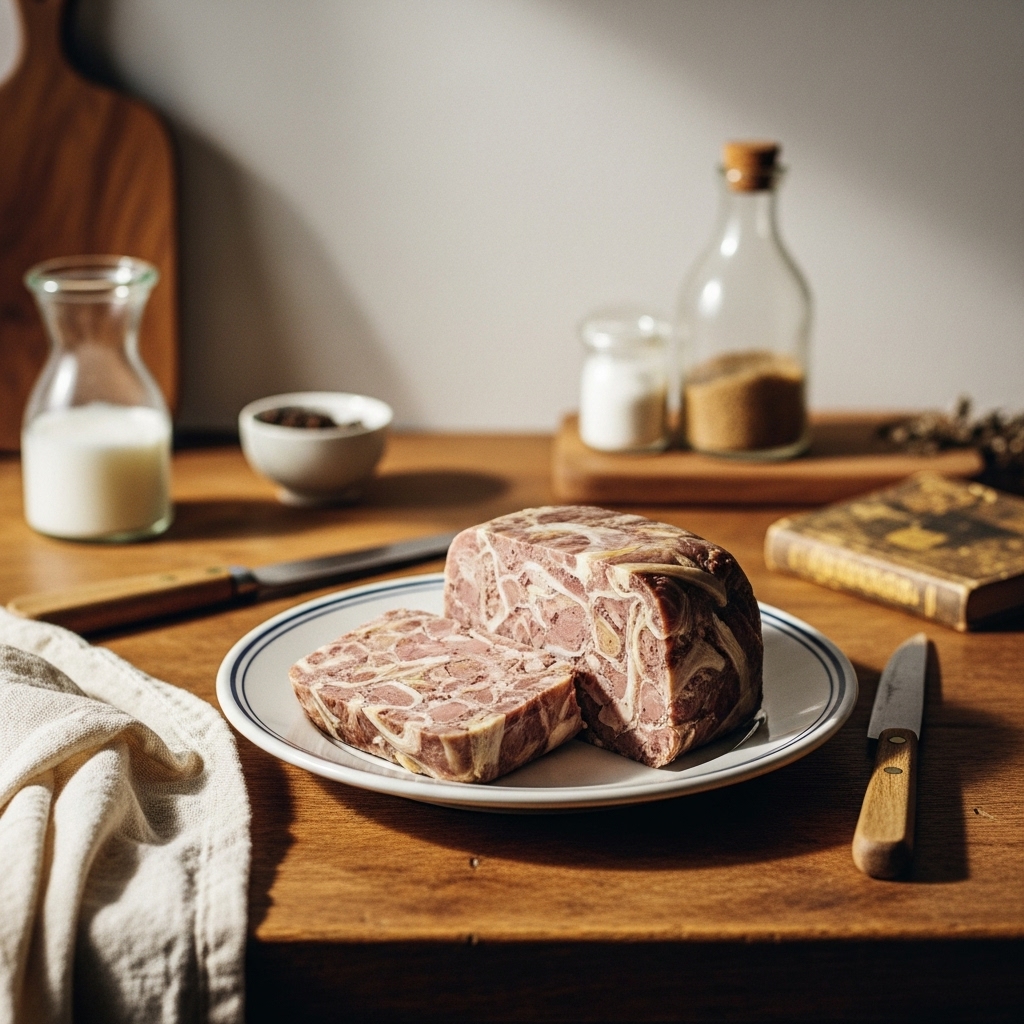
The name alone makes people nervous. It’s not cheese. Never was.
Take a pig’s head. Boil it forever. Pick off all the meat. Mix with gelatin from the bones. Press into a loaf. Slice and serve.
That’s head cheese.
Sounds gross? Tell that to your German great-grandmother. Or Polish. Or Italian. Every European culture had their version. Souse. Sylta. Testa.
Ultimate nose-to-tail eating. Nothing wasted. The gelatin came from the skull itself. Natural preservation. Stayed good for weeks.
Find it at old-school delis. Usually next to the liverwurst. Both vanishing breeds.
7. Molasses
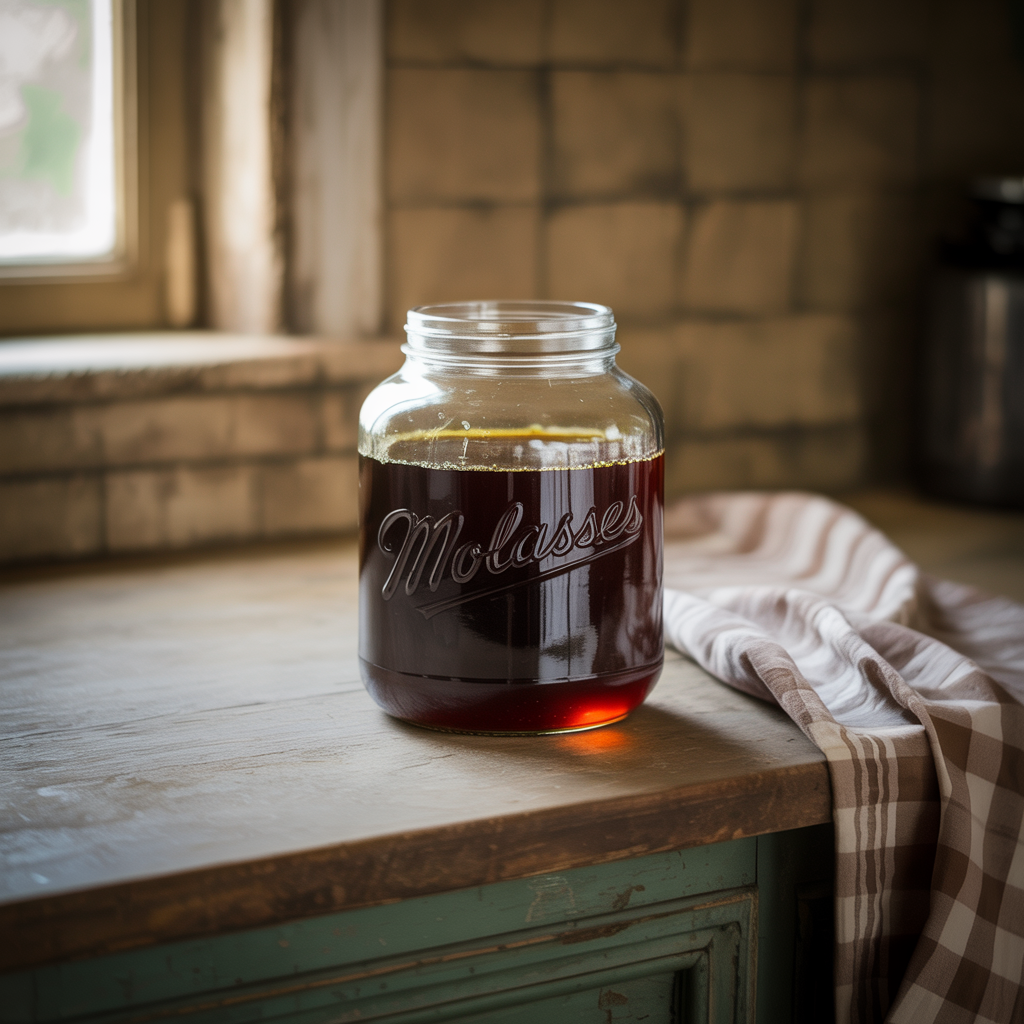
Before white sugar conquered America, molasses ruled. The thick, dark syrup leftover from sugar processing.
Came in grades. Light molasses for pancakes. Dark for gingerbread. Blackstrap for medicine. Yes, medicine. Iron deficiency? Spoonful of blackstrap.
The colonial economy ran on molasses. Triangle trade. Sugar to rum to slaves. Dark history in that jar.
But the flavor? Unmatched. Gingerbread needs real molasses. Baked beans too. Boston brown bread demands it.
Grandma’s cookies had depth. Complexity. That’s the molasses talking.
8. Powdered Eggs
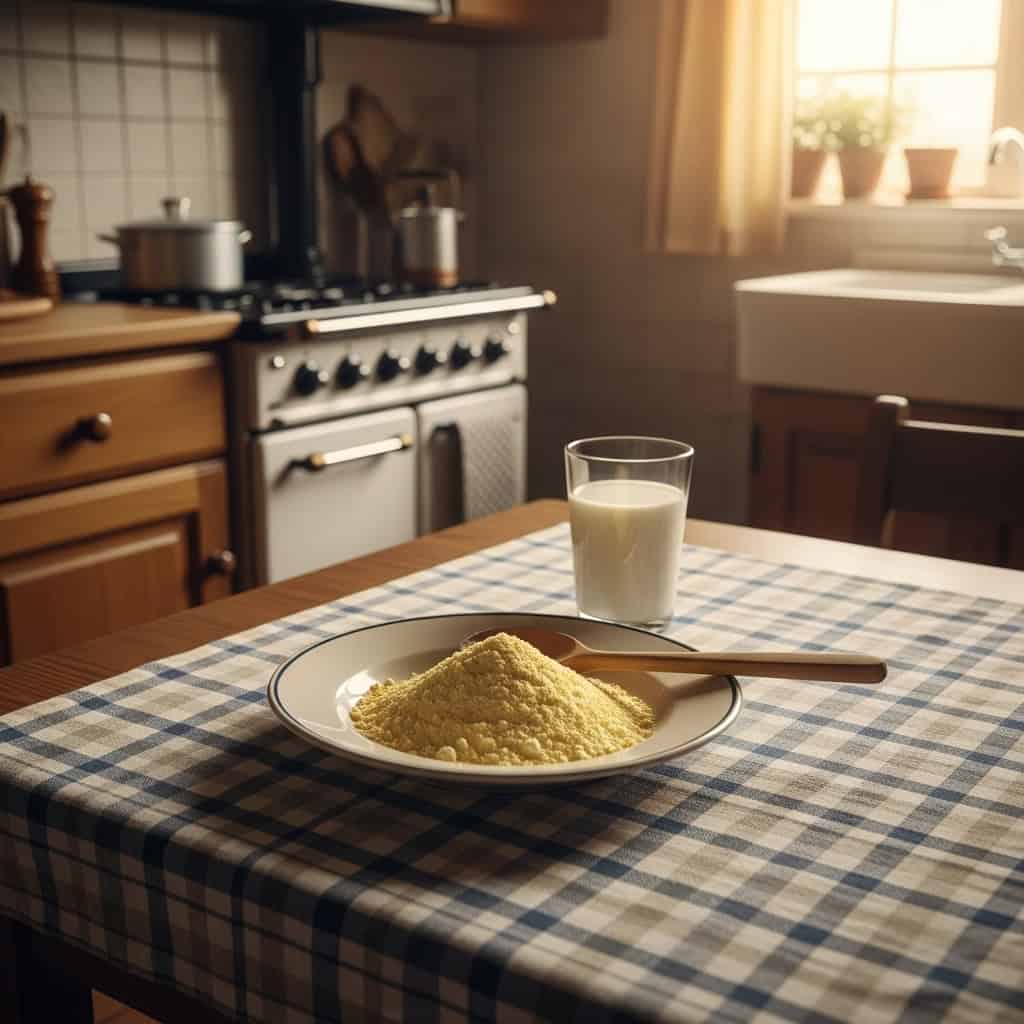
Every WWII pantry had them. The government shipped real eggs overseas. Civilians got powder.
Just add water! They promised. Nobody was fooled. The texture was wrong. The color was off. But you made do. Rationing meant sacrifice.
Campers loved them though. Lightweight protein. Nuclear fallout shelters stockpiled them. The space program used them.
A whole generation associated powdered eggs with hardship. Real eggs meant the war was over. Peace tasted like fresh yolks.
They still exist. Preppers buy them. Bakeries use them. But that tin in grandma’s pantry? Probably from 1943.
9. Unflavored Gelatin

Not Jell-O. Not even close. This was pure collagen from bones and hooves.
Came in sheets or powder. Clear. Tasteless. But magical. It turned liquid into solid. Made aspics possible. Remember aspics? Food suspended in clear jelly? Every 1950s cookbook had twenty recipes.
Tomato aspic. Salmon aspic. Vegetables floating in perfectly clear gel. Instagram-worthy before Instagram existed.
Also made real marshmallows. And stabilized whipped cream. Fixed soups that were too thin. Clarified consommé.
Knox still makes it. But who uses it? The age of jiggly salads has passed.
10. Sorghum Syrup
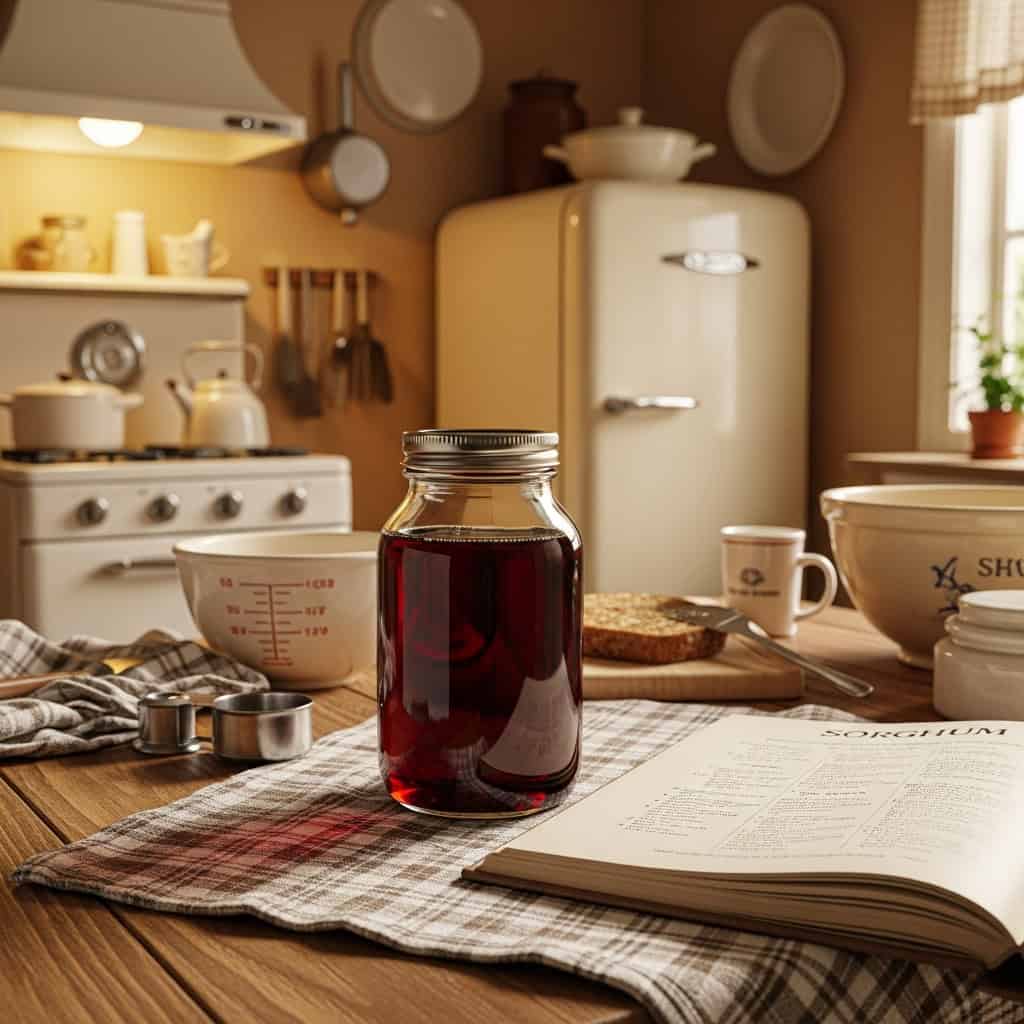
The South’s best-kept secret. Looks like molasses. Tastes like honey mixed with maple syrup.
Grew where nothing else would. Poor soil? Rocky fields? Plant sorghum. The syrup paid the bills. Every small farm had a mill.
Sorghum and biscuits. That was breakfast. Sometimes lunch too. The calories kept field workers going. Sweet energy in a jar.
Finding it now requires dedication. Farmer’s markets maybe. Old-timey stores in Tennessee. Online if you’re desperate. But the real stuff—cooked in copper kettles over wood fires—that’s nearly extinct.
One taste explains why people drove hours to buy it.
The Bigger Picture
These ingredients reveal how we lived. Really lived.
Self-sufficiency wasn’t a lifestyle choice. It was survival. Every scrap had purpose. Fat became soap. Bones became gelatin. Peels became pectin.
Nothing went to waste. Ever.
Modern convenience killed these traditions. Why render lard when Crisco exists? Why pickle vegetables when freezers work? Why make head cheese when Oscar Mayer sells bologna?
Your grandmother’s pantry was a survival kit disguised as a closet. Each jar represented knowledge. Skills. Traditions passed through generations.
Maybe some things deserve to come back. Maybe convenience costs more than we realized.
Next time you see an old recipe card, pay attention to the ingredients. That faded handwriting holds secrets. Those strange items weren’t strange at all.
They were life.
👉 If you liked this article then you’ll LOVE this one: 10 Foods Everyone’s Grandma Made (But Nobody Eats Anymore)

